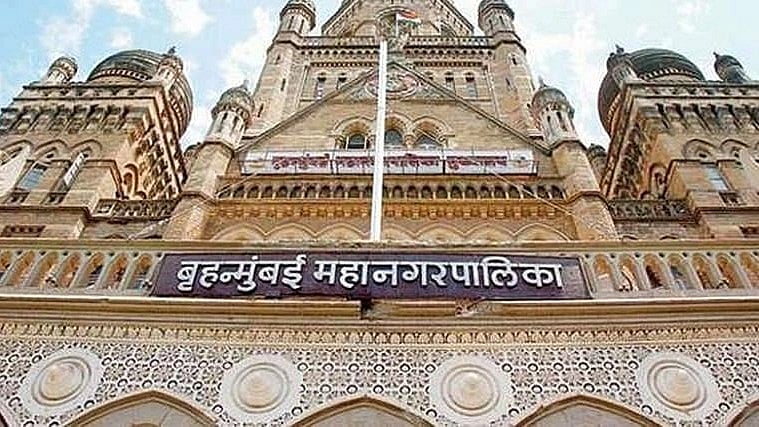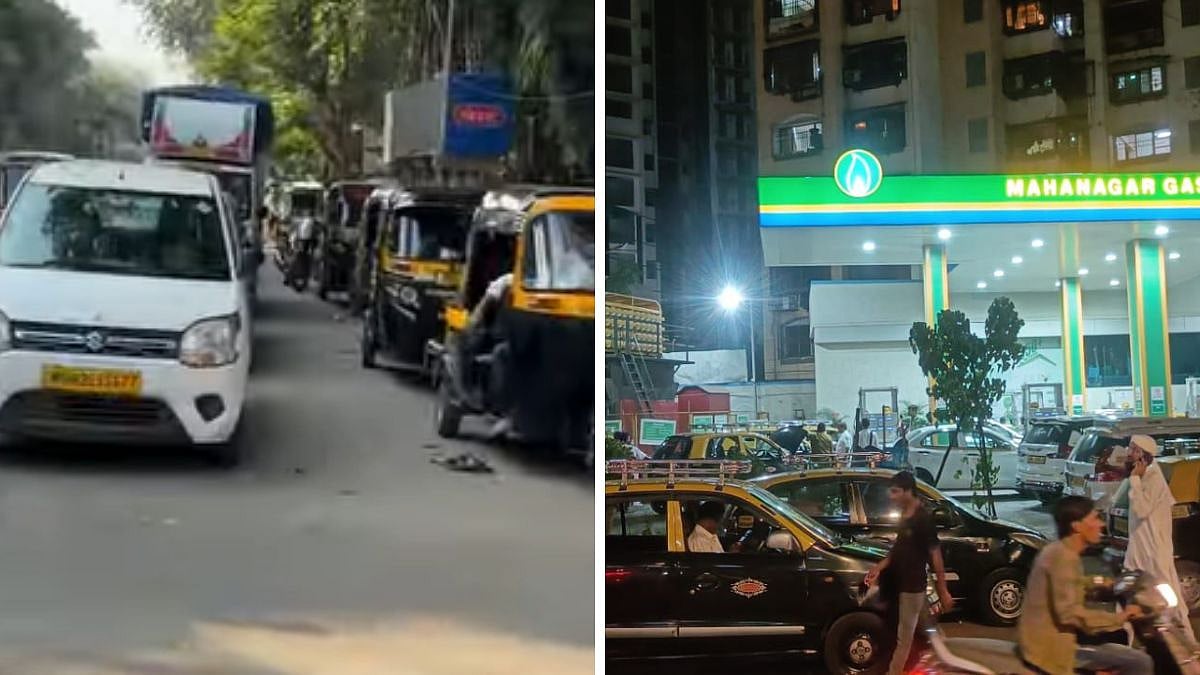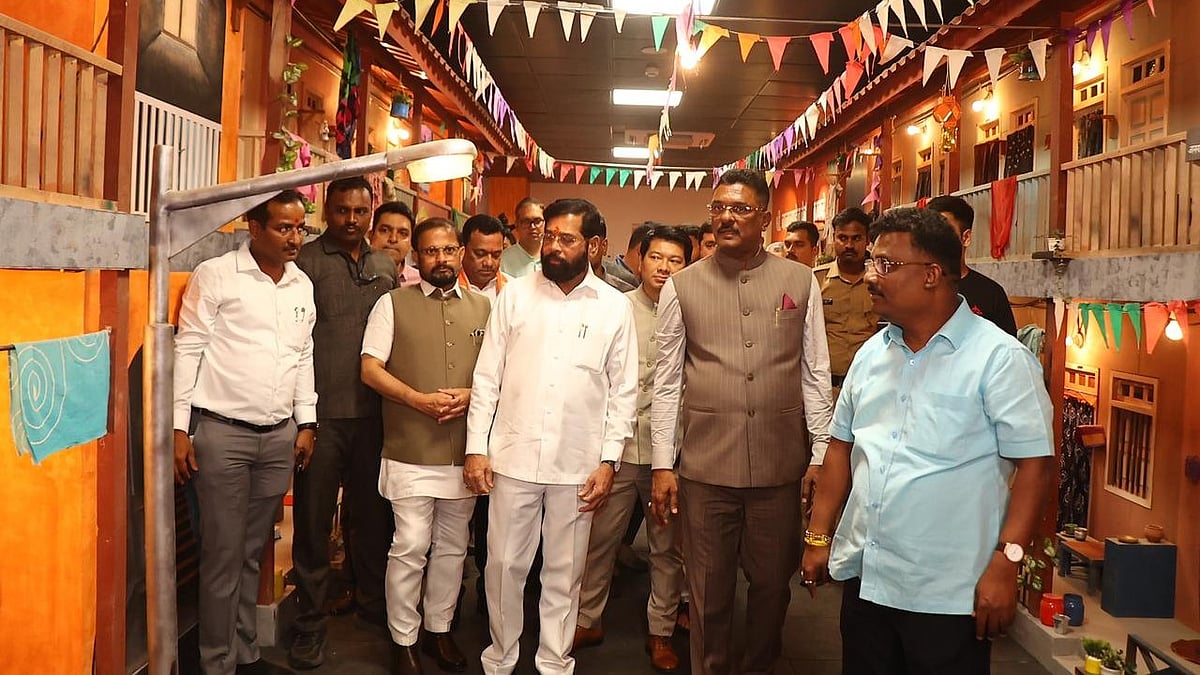Following sharp questions from the Supreme Court (SC) over the status of compensatory afforestation, the state government has directed the BMC to implement stronger measures for the protection and conservation of trees planted against tree cutting for projects in the public interest. A total of 14 directives have been issued, specifically targeting plantations carried out to compensate for tree cutting permitted for various development projects.
State Responds with Fresh Guidelines
During a hearing last week on a BMC petition seeking permission to cut trees for infrastructure work, the SC sought details on past compensatory plantings and emphasised the need for more effective long-term management. In response, the Revenue & Forest Department (R&FD) has released guidelines to ensure better protection and oversight of afforestation linked to public-interest projects.
Native Species and Dedicated Land Bank Mandated
The directive states that compensatory plantations must match local climate and environmental conditions, with priority given to native species. The government has also asked the BMC to create a dedicated land bank for compensatory afforestation, which should include biodiversity zones and recreational areas.
Restrictions on Forest Land, BMC Made Solely Accountable
Afforestation cannot be carried out in protected forests or national parks. The BMC will be solely responsible for safeguarding plantation sites and ensuring the survival of the trees, the directive said.
MMR Sites to Be Identified for Plantations
Given the limited land availability in Mumbai city and its suburbs, the directive requires the identification of suitable sites across the Mumbai Metropolitan Region (MMR). It also mandates that planted trees must be at least 12 feet tall and maintained for a minimum of seven years.
GPS-Based Reporting and Regular Updates
The BMC must upload detailed, GPS-based plantation reports on its website and update them every six months.
Oversight Committee and Afforestation Fund Planned
An oversight committee, led by the Regional Forest Officer (RFO) and including experts and NGO representatives, will evaluate plantation progress. A dedicated fund must also be created for afforestation and expert honorariums.
Security Measures: Fencing, CCTV, and Tree Guards
A key directive requires the BMC to install 8-foot fencing, CCTV cameras, and tree guards to prevent encroachment and vandalism. Additionally, afforested areas larger than 1 hectare should be declared protected forests, reserved as green belts, and designated as no-development zones.










